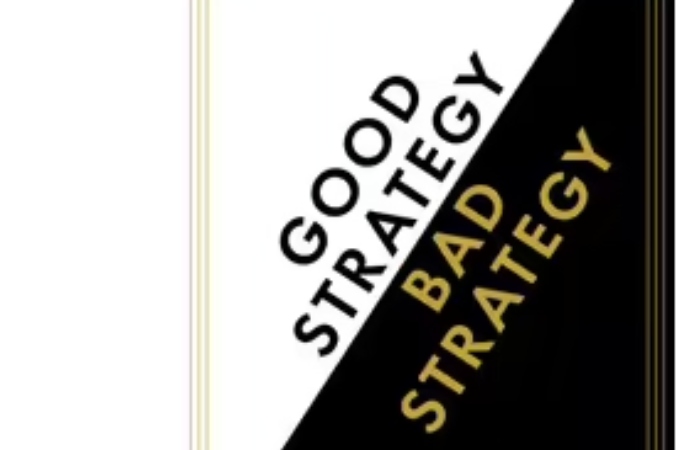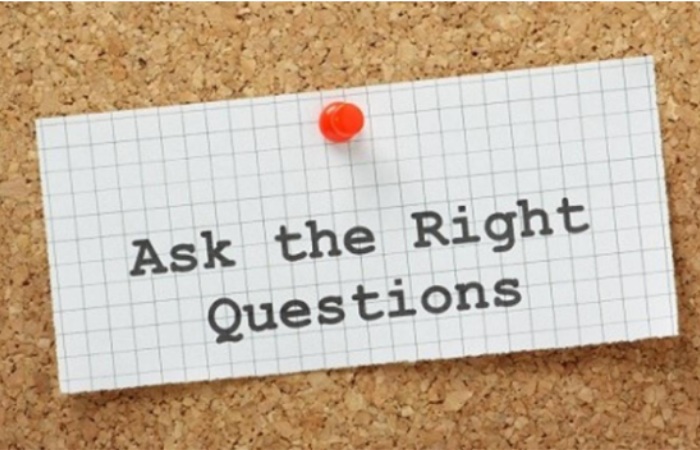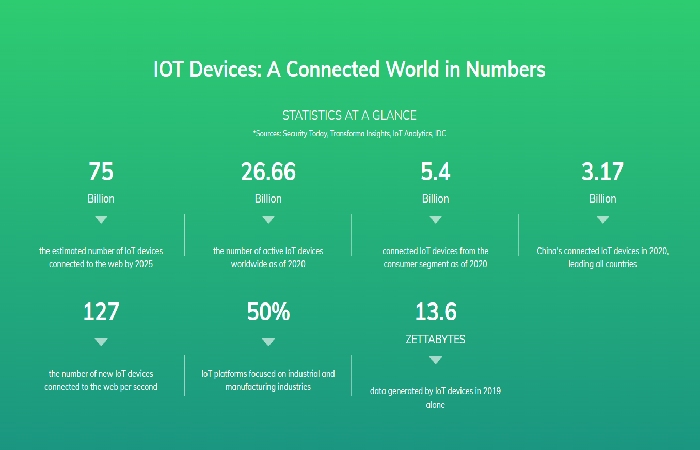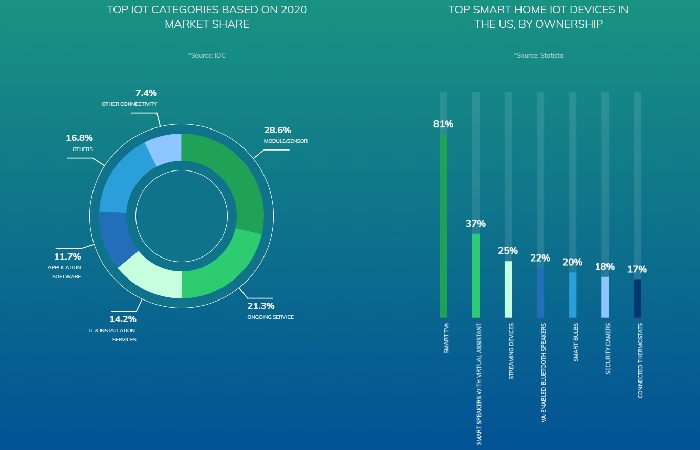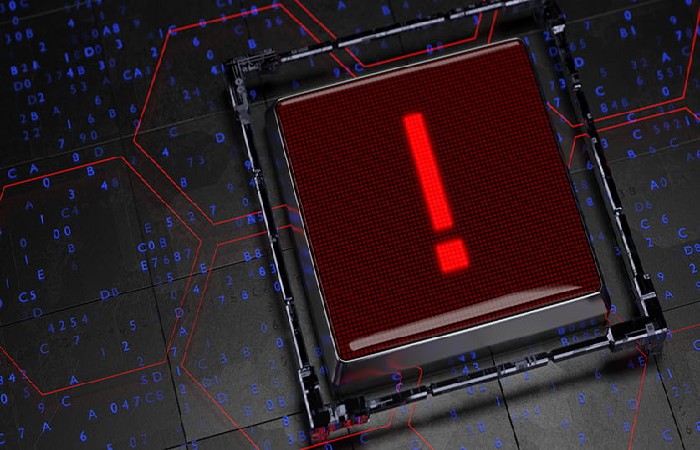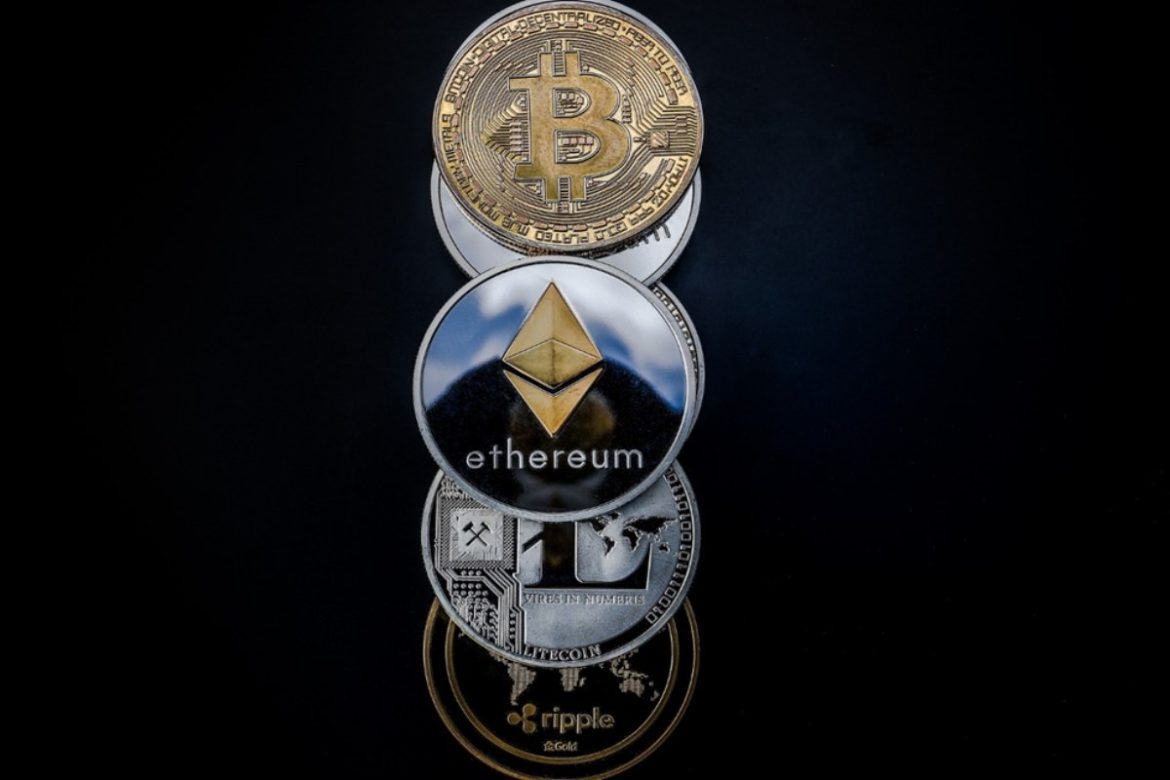In theory, earning high-quality backlinks organically is easy…however, it is far easier said than done. In this article, we’re going to teach you how to go about it the right way so that you can achieve the very best results with your long-term SEO efforts. Here’s everything you need to know…
The easiest way to get high-quality backlinks
The easiest way to get high-quality backlinks is to simply create valuable, ‘share-worthy’ content. Sounds simple enough right?
In truth, there’s an awful lot of time and research that goes into creating content that is bound to get shares and ultimately high-quality backlinks. You need to establish yourself as an authority and create content that is so good that other marketers in your niche reference it in their own offerings.
But, how do you go about that?
Know your audience and write content that resonates with them
The more data you have on your audience, the better your content creation will be. You can tailor your coverage of a topic using language that will best resonate with them, while addressing their pain points and offering actionable insights.
Conduct competitor research and look for gaps to fill in their content strategy
Know who your biggest competitors are, what kind of content they are creating (and not creating), and then develop a content creation strategy around that data.
Want to create share-worthy content? Create something new!
Choose one topic and go as deep as you can go
Long-form content (1750 + words) tends to attract the most links. This is largely because of the amount of depth that can be covered.
Remember, don’t just write for the sake of it! Every word in a long-form piece has to count for something. It’s not enough to keyword stuff and hit a certain quota.
Provide unparalleled value and create the definitive guide!
Back up your facts with data and scientific proof
There’s a lot of nonsense on the internet – which is why marketers are always looking for reputable sources to cite when sharing facts and statistical data.
If you have neither the time nor desire to conduct your own research, you should at least take the time to gather actionable stats from reputable resources and compile them into a comprehensive list (e.g., Like HubSpot’s “The Ultimate List of Email Marketing Stats for 2023”).
- Cast and point: They have gone above and beyond to create awesome content and here we are referencing them in our own work. Build it and they will come!
Add compelling infographics and visuals
Another effective way to get more organic traffic and natural backlinks is to compliment your written content with compelling imagery and infographics. People love referring to comprehensive content that covers various topics in great depth and always has a wealth of supporting imagery.
Share real-life case studies and examples
Consumers want to see the proof in the pudding. If you want to prove yourself as an authority and get as many natural backlinks as possible to the content that you create, it’s worth adding real-life case studies and examples.
Why are you the expert on this particular subject? What kind of evidence do you have to not only support that fact, but also emphasise your point?
Be controversial or challenge the status quo
Another very excellent way to generate more hype about a piece is to write something controversial or challenge the status quo. Of course, don’t be controversial for the sake of it, nor should you be crass. However, if you are a thought-leader in your industry, people love to read articles that effectively ‘shake things up’ and create new pathways of thought.
Final thoughts
The above tips can help you create share worthy content thus leading to organic, high-quality backlinks. However, it’s not the only viable approach.
All the while that you are creating exceptional content, you should also consider partnering with local businesses and effectively ‘blog swapping’; and indeed guest posting on reputable and highly relevant blogs with high DR (Domain Ratings). To learn more on how to get external help with this, check Linkflow’s website.
Furthermore, it’s worth hiring the experts to help put together a fool-proof link building strategy. If you feel overwhelmed or don’t have the time to commit to crafting such high-value content (which is very resource intensive), the right SEO agency in Sydney can accommodate your needs.





